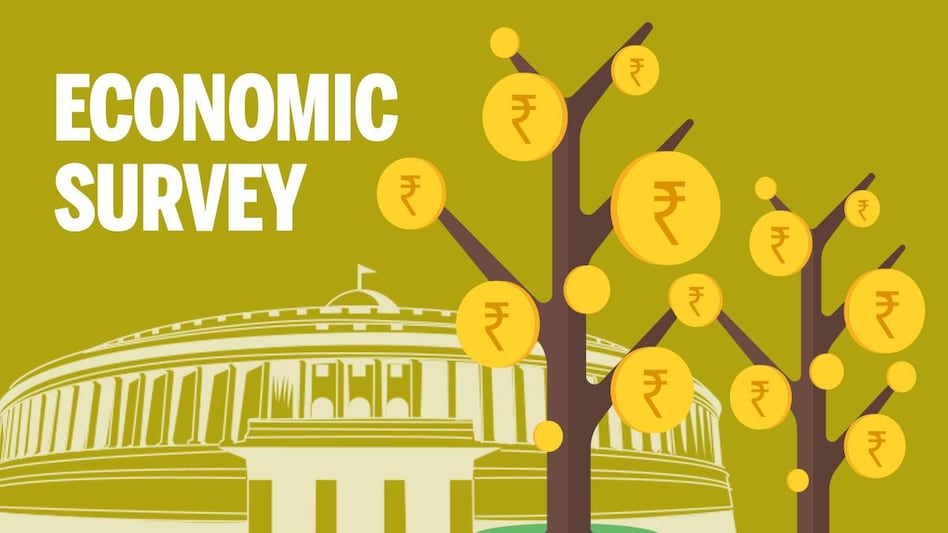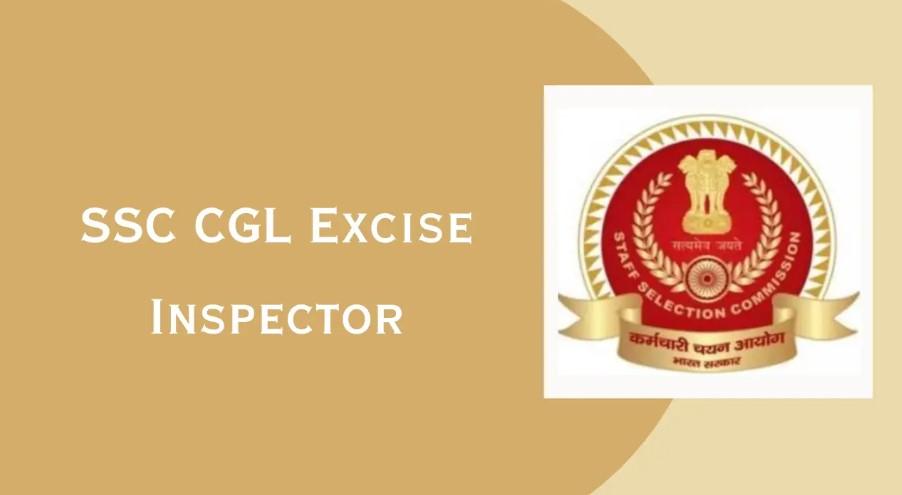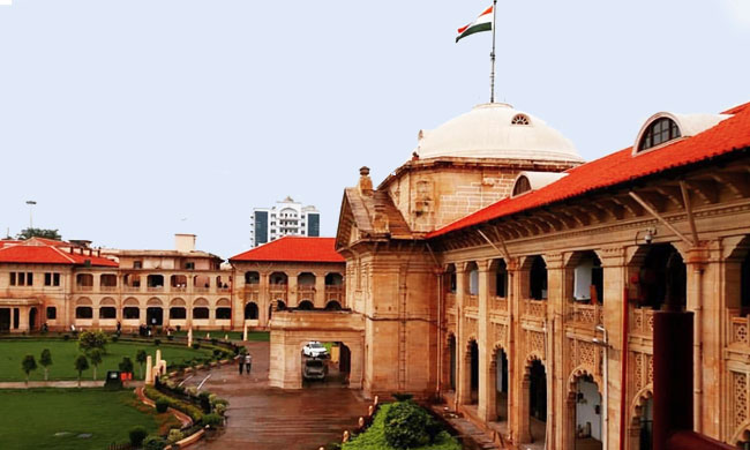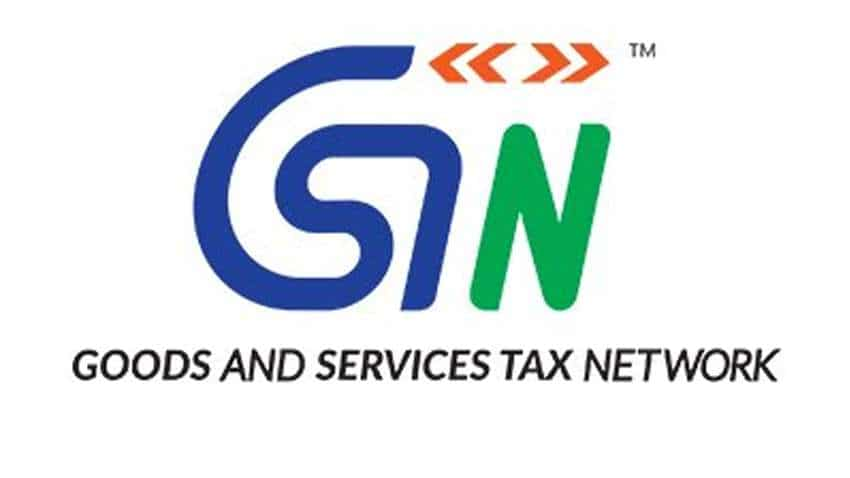IN RE: M/S. MACRO MEDIA DIGITAL IMAGING PVT. LTD. (AAR- WB)
No.- Case Number 25 of 2019 Order No. 15/WBAAR/2019-20Dated.- August 19, 2019

Decision Summary by AAR
The Applicant loads the content in a digital image printer, prints the image on the PVC material, and supplies the printed material. The goods so supplied have no utility other than displaying the printed content.
Service of printing, therefore, is the predominant element of the composite supplies the Applicant is making – Services by way of printing of the goods falling under Chapter 48 and 49 are classifiable under SAC 9989 and taxable under Sl No. 27(i) of Notification No. 11/2017 – CT (Rate) dated 28/06/2017 (corresponding State Notification No. 1135 – FT dated 28/06/2017).
The Applicant, being a printer of trade advertising material classifiable under heading 4911 of the Tariff Act, is making a composite supply, where the service of printing classifiable as above, is the principal supply. The goods supplied, having no use other than displaying the printed matter, is ancillary to the principal supply of printing.
Copy of Complete Order
Appellant’s Submissions
2.1 The Applicant prints billboards, building wraps, fleet graphics, window graphics, trade show graphics, office branding, in-store branding, banners, signage graphics etc. The recipient provides on a digital media the content in the form of image/text/trade monogram. The Applicant loads the content in a digital image printer, prints the image on the PVC material, and supplies the printed material.
2.2 The Applicant submits that treatment of the above transaction varied from state to state under the pre-GST regime. In some states, including West Bengal, it was treated as works contract, while some other states considered it a sale as defined under the Sale of Goods Act, 1930. The Applicant did not charge any service tax even where the transaction was treated as works contract. According to the Applicant, the traded advertisements were manufactured goods classifiable under heading 4911 of the Central Excise Tariff Act, 1985 (hereinafter the 1985 Act).
2.3 The Applicant argues that ‘service’, as defined under section 2(102) of the GST Act, includes the residual transactions that cannot be treated as supply of goods, money or securities. It means, leaving aside money and securities, every transaction should first be examined on the yardstick of ‘goods’, as defined under section 2(52) of the GST Act. If it fails the test, the transaction may qualify as a supply of ‘service’. The essential condition to classify anything as ‘goods’ is that it should be a movable property and Printed trade advertising material, being a movable property, is to be treated as ‘goods’. The Applicant argues that it is transferring the title to the goods as printed advertising material. The transaction, therefore, amounts to the supply of goods.
2.4 The Applicant admits that printed advertising material is a composite supply. It includes the supply of goods in the form of printed PVC material and supply of the service of printing the content provided by the recipient. The question of what constitutes the predominant element of the composite supply, however, according to the Applicant, should be derived from the specific terms and conditions of the contract [in support of this line of reasoning the Applicant refers to several judgments of the apex court, notably Associated Hotels (1972) 1 SCC 472 = 1972 (1) TMI 80 – SUPREME COURT, Variety Body Builders (1976) 3 SCC 500 = 1976 (4) TMI 190 – SUPREME COURT and Kone Elevators (2014) 304 ELT 0161 (SC)] = 2014 (5) TMI 265 – SUPREME COURT.

2.5 The scope of work, as evident from the recipient’s purchase orders, has always been supplying the trade advertisement material, which includes both the PVC material and printing. Together they constitute one unified economic supply of trade advertisement. In common parlance also the supply is known as trade advertisement like Billboard Printing, Building Wraps, Window Graphics, Signage Graphics, Free Standing Display Unit etc. The sole intention of the recipient is, therefore, procuring the goods in the form of trade advertisement rather than printing services per se. Had he wanted to avail printing services, the recipient would have purchased the blank PVC material from other sources and provided it to the Applicant for printing. Instead, the recipient places an order for the composite supply of the trade advertisement material. It establishes that the recipient intends to receive the goods in the form of trade advertisement. Supply of goods, therefore, constitutes the predominant element of the composite supply.
2.6 The Applicant further argues that the element of printing is ancillary to the supply of goods in the form of trade advertisement. The Applicant merely loads the content in the digital image printer, which does not involve any special skill or artwork.
2.7 The Applicant, therefore, concludes that the principal supply is ‘goods’ in the form of trade advertisements [in its support the Applicant refers to Harrier LLC (2011) UKFTT 725 (TC) and the advance ruling by AAR, Telengana in K.L. Hi-Tech Secure Print Ltd (2018) 10 TMI 445].
2.8 The Applicant further argues that the printed trade advertisements are excluded from Chapter 39 of the Customs Tariff Act, 1975 (hereinafter the Tariff Act) by virtue of Section Note 2 to Section VII [Explanatory Notes (iii) and (iv) to Notification No. 1/2017 – CT (Rate) dated 28/06/2017 align the GST Act with the Tariff Act for classification)]. The said note specifically provides that if the plastic material is printed with motif, character or pictorial representation which are not merely incidental to the primary use of the goods, the printed plastic material will fall under Chapter 49.
2.9 The Applicant refers to Chapter Note 5 to Chapter 49, which states that subject to Note 3 to that Chapter, heading 4901 does not cover publications which are essentially devoted to advertising. Such publications are to be classified in heading 4911. Moreover, heading 4911 specifically includes trade advertising material [in its support, the Applicant relies on Holostick India Ltd 2015 (318) ELT 529 (SC) = 2015 (4) TMI 357 – SUPREME COURT, Classic strips Pvt Ltd 2015 (318) ELT 20 (SC) = 2015 (3) TMI 590 – SUPREME COURT, Fitrite Packers 2015 (324) ELT 625 (SC) = 2015 (10) TMI 1047 – SUPREME COURT, and the advance ruling of AAR, Telengana in Macro Media Digital Imaging Pvt Ltd (2018) 6 TMI 519].
3. Observation & Findings of the Authority
3.1 There is no dispute that the Applicant’s supply is a composite contract – a transaction involving both services and transfer of property in goods, and the two are inseparable in the execution of the contract. It was a works contract in terms of section 2(57)(d) of the West Bengal Value Added Tax Act, 2003. The legal fiction created by insertion of Art 366(29A) through the 46th Amendment of the Constitution enabled the State Government to split up such contracts into a contract for the sale of goods and a service contract, and levy VAT on the sale of goods.
3.2 Works contract, as defined in 2(119) of the GST Act, excludes from its ambit all such composite contracts that do not involve building, construction, repair, alteration etc. of any immovable property. Under the GST Act, therefore, the Applicant’s supply is no longer works contract, or, for that matter, any other composite contract to which Art 366(29A) of the Constitution applies. Composite contracts that are not covered by Art 366(29A) cannot be split up for taxation into a service contract and a contract for the supply of goods unless the transaction represents two distinct and separate contracts that are discernible as such. The test, therefore, for all such contracts is whether the parties have in mind or intend separate rights arising out of the supply of goods. It is to be ascertained from the substance of the contract. In Bharat Sanchar Nigam Ltd [(2006) 3 SCC 1] = 2006 (3) TMI 1 – SUPREME COURT the apex court has called it ‘the dominant nature test.’

3.3 In the GST Act, such indivisible composite contracts are termed composite supply. The predominant element of it constitutes the principal supply, and the entire contract is treated as that of the principal supply. The Applicant admits that printed advertising material is a composite supply. It includes the supply of goods in the form of printed PVC material and of the service of printing the content provided by the recipient. The substance of the contract, the Applicant argues, is the supply of the printed PVC material. The service of printing is ancillary and merely enhances the value of the advertising material.
3.4 In its Circular No. 11/11/2017-GST dated 20/10/2017, the CBIC clarifies the treatment of various composite printing contracts. In all these contracts, the recipient provides the content for printing and the printer supplier the physical inputs. All the printed goods are classifiable under Chapters 48 and 49 of the Tariff Act. The difference, however, lies in the customer contemplating or not separate rights and use arising out of the supply of the goods. In the case of printing of books, pamphlets, annual reports, etc., the goods have no better utility than carrying the printed matter. On the other hand, envelopes, letter cards, napkins, wallpaper and the like have separate use as goods apart from carrying the design or logo printed thereon. The service of printing is, therefore, the predominant element in the contracts for printing of books, pamphlets, annual reports etc., whereas, the supply of goods is the dominant nature of the latter category of printing contracts.
3.5 The Applicant prints billboards, building wraps, fleet graphics, window graphics, trade show graphics, office branding, in-store branding, banners, signage graphics etc., commonly known as trade advertising material, classified under heading 4911 of the Tariff Act. The recipient provides on a digital media the content in the form of image/text/trade monogram and retains usage right on such intangible inputs. The Applicant loads the content in a digital image printer, prints the image on the PVC material, and supplies the printed material. The goods so supplied have no utility other than displaying the printed content. Service of printing, therefore, is the predominant element of the composite supplies the Applicant is making.
3.6 Services by way of printing of the goods falling under Chapter 48 and 49 are classifiable under SAC 9989 and taxable under Sl No. 27(i) of Notification No. 11/2017 – CT (Rate) dated 28/06/2017 (corresponding State Notification No. 1135 – FT dated 28/06/2017). The Applicant, being a printer of trade advertising material classifiable under heading 4911 of the Tariff Act, is making a composite supply, where the service of printing classifiable as above, is the principal supply. The goods supplied, having no use other than displaying the printed matter, is ancillary to the principal supply of printing.
3.7 The Applicant has referred to several judgments of the apex court and the tribunal. They are all related to the question of classifying the goods being supplied, whether they are to be classified under Chapter 39 or 49 of the Tariff Act. This Authority does not dispute that the goods supplied are classifiable under Chapter 49. But such supplies are ancillary to the principal supply of printing service.

Based on the above discussion, we rule as under
RULING
The Applicant is making a composite supply, where the service of printing is the principal supply. The goods supplied, having no use other than displaying the printed matter, is ancillary to the principal supply of printing.
This Ruling is valid subject to the provisions under Section 103 until and unless declared void under Section 104(1) of the GST Act.













